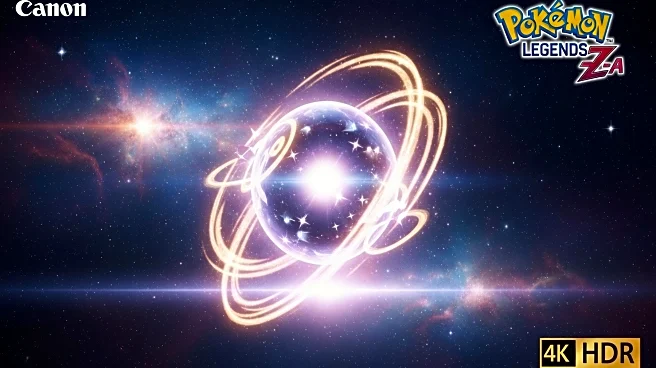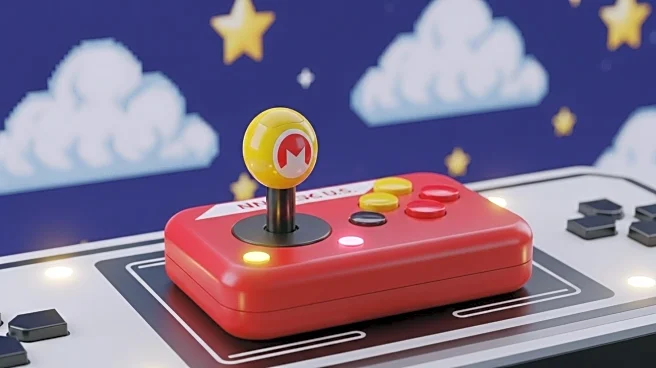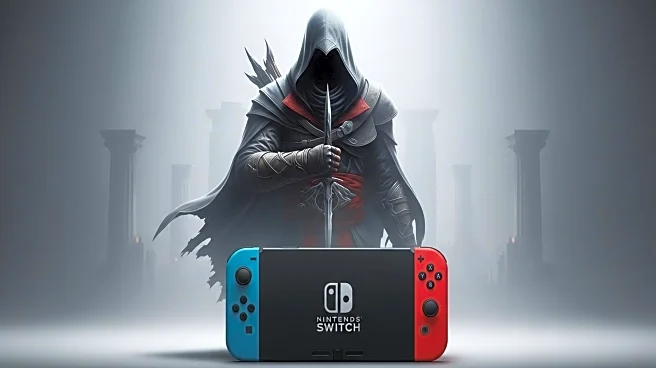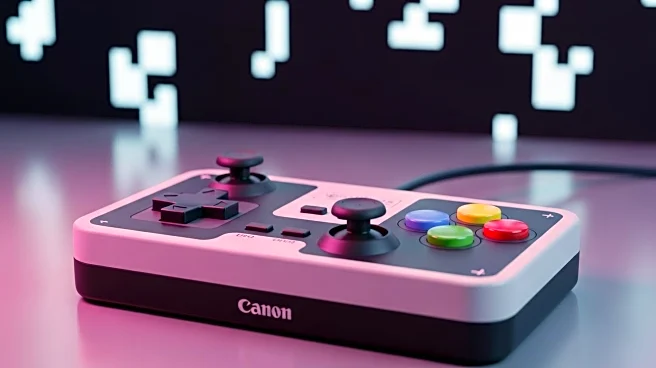What's Happening?
Recent leaks have unveiled Game Freak's original plans for Pokemon Legends 2, which was initially set to feature two versions: Ho-Oh and Lugia. These games were intended to be released in 2024 and set in Johto, focusing on the origins of Pokemon Trainers. The protagonist would have traveled through time, commanding Pokemon and reviving three of them, with the Burned Tower depicted as a nine-story structure. However, the final game, Pokemon Legends: Z-A, takes place in Kalos instead. Additionally, scrapped features for Z-A included a PokeRide system using Lucario to jump between buildings, shooter-like gameplay, and a Splatoon-style 4v4 multiplayer mode.
Why It's Important?
The revelation of these scrapped plans highlights the dynamic nature of game development and the potential directions that popular franchises like Pokemon can take. The decision to shift the setting from Johto to Kalos and the removal of innovative gameplay features such as the PokeRide system and multiplayer modes could impact fan expectations and the franchise's future direction. These changes may influence how Game Freak approaches future Pokemon titles, potentially affecting the gaming industry and consumer interest in the series.
What's Next?
While the scrapped plans for Pokemon Legends: Ho-Oh and Lugia will not materialize, the leaks may prompt Game Freak to reconsider or incorporate some of these features in future games. Fans and industry analysts will likely watch for any announcements regarding new Pokemon titles or updates to existing games. The leaks could also lead to increased speculation and discussion within the gaming community about the franchise's evolution and potential new directions.
Beyond the Headlines
The leaks raise questions about the creative decision-making process within Game Freak and the factors that lead to significant changes in game development. The shift from Johto to Kalos and the removal of unique gameplay elements may reflect broader industry trends or internal strategic decisions. Understanding these dynamics could provide insights into the challenges and opportunities faced by developers in maintaining a successful franchise while innovating and meeting consumer expectations.











